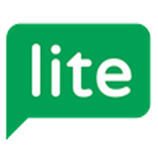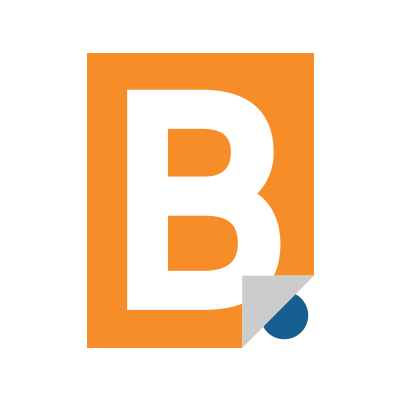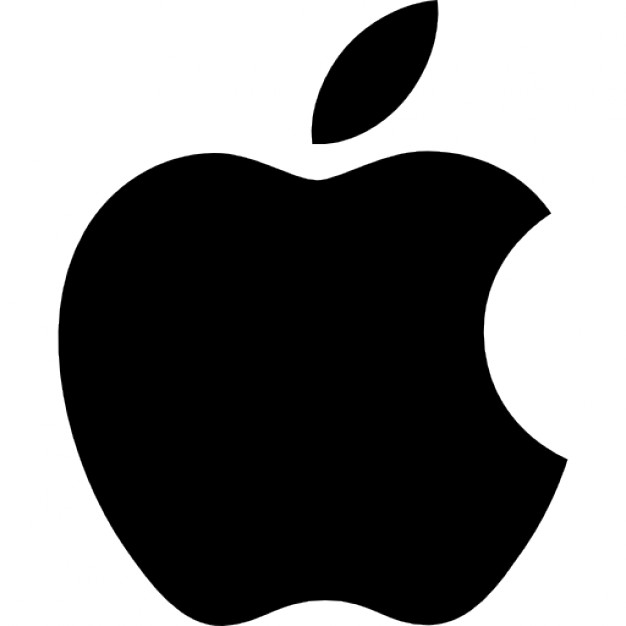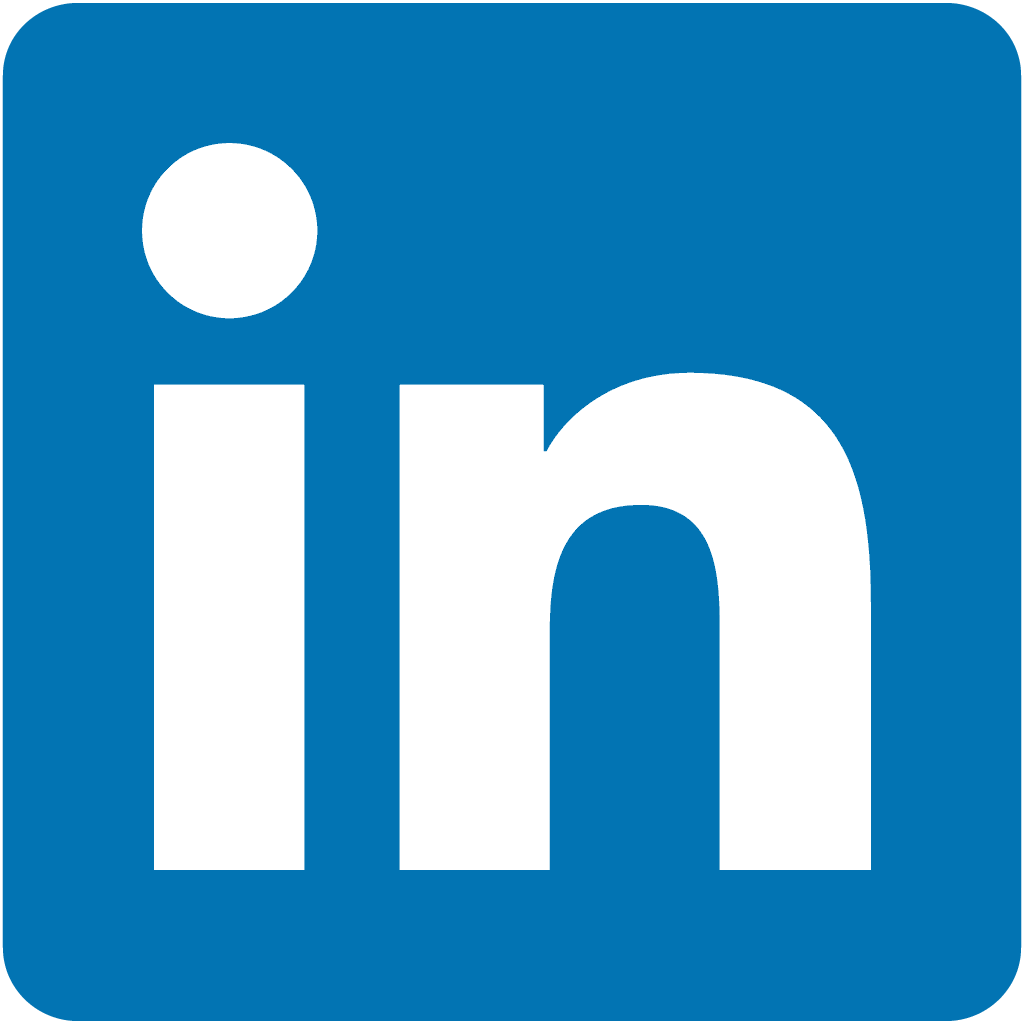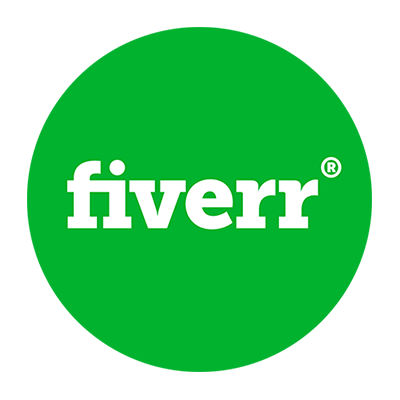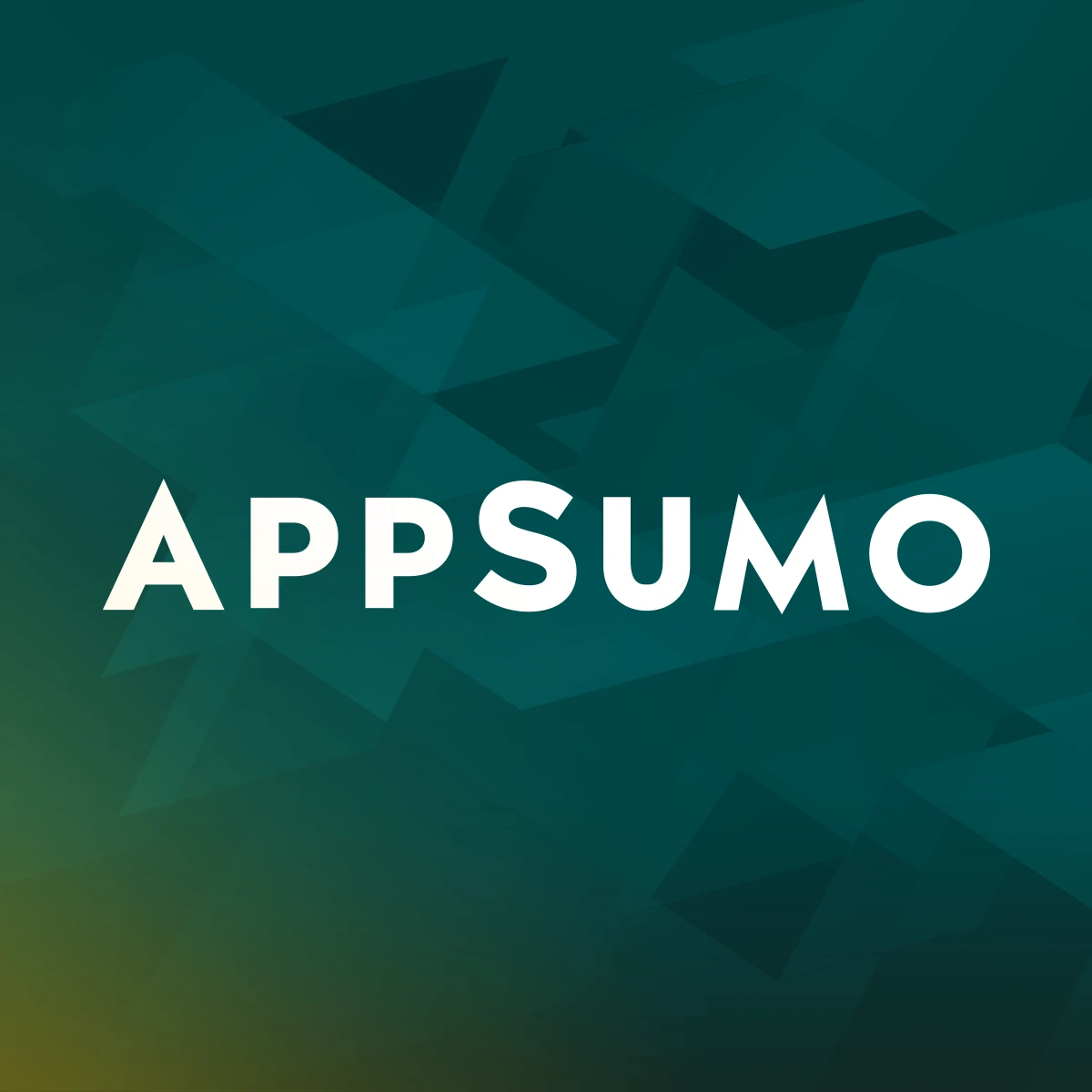Organically Growing Our $50K/Month Link-Building Agency
Hello! Who are you and what business did you start?
My name is Christopher Panteli, the operator of Linkifi, a turnkey link-building agency. We launched Linkifi in January of the previous year when I was still employed full-time at a fish and chip shop. Encouraged by our swift customer acquisition through word-of-mouth, my business partner and I decided to fully commit to our enterprise.
Our flagship offering includes 5 and 10-link HARO link packages, wherein clients simply complete an onboarding form and leave the rest to us. Our job is to secure them five or ten of the highest quality links via HARO by responding to press requests.
Over the past six to eight months, our business has seen substantial growth, with our monthly revenues now consistently exceeding US$50,000. This success affirms our decision to concentrate on Linkifi and fuels our determination to continue delivering superior link-building solutions to our clients.


Download the report and join our email newsletter packed with business ideas and money-making opportunities, backed by real-life case studies.

Download the report and join our email newsletter packed with business ideas and money-making opportunities, backed by real-life case studies.

Download the report and join our email newsletter packed with business ideas and money-making opportunities, backed by real-life case studies.

Download the report and join our email newsletter packed with business ideas and money-making opportunities, backed by real-life case studies.

Download the report and join our email newsletter packed with business ideas and money-making opportunities, backed by real-life case studies.

Download the report and join our email newsletter packed with business ideas and money-making opportunities, backed by real-life case studies.

Download the report and join our email newsletter packed with business ideas and money-making opportunities, backed by real-life case studies.

Download the report and join our email newsletter packed with business ideas and money-making opportunities, backed by real-life case studies.

